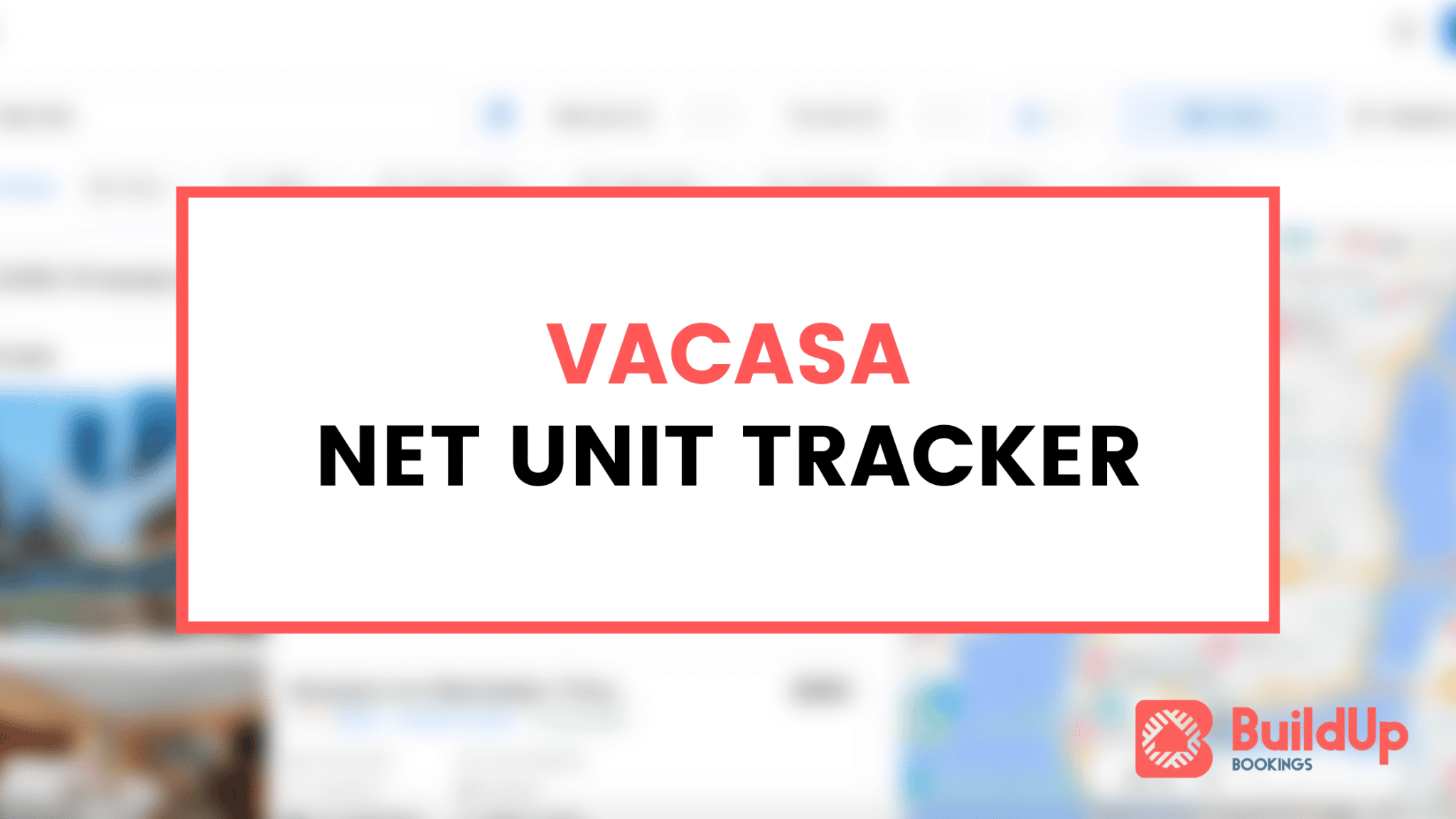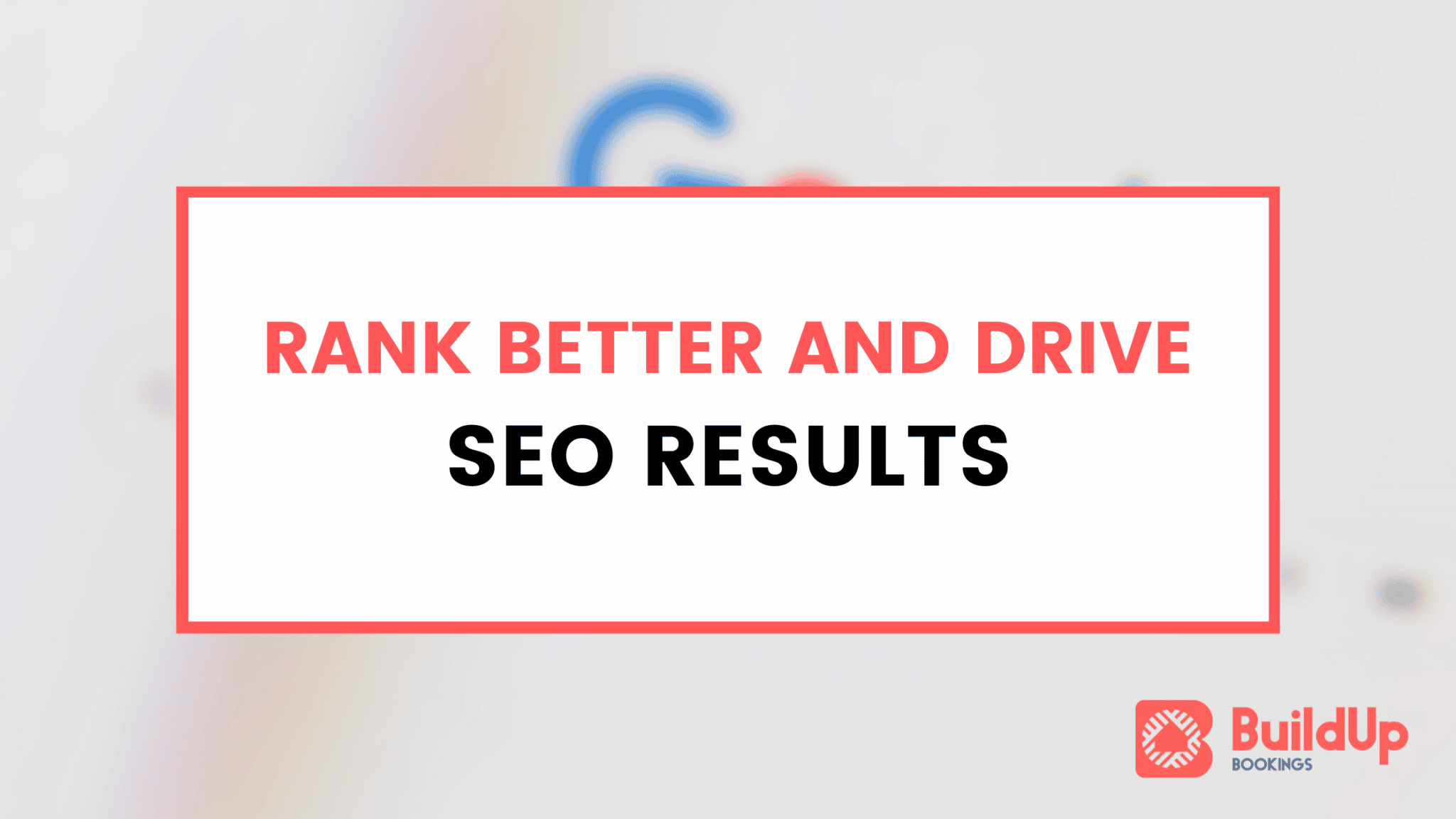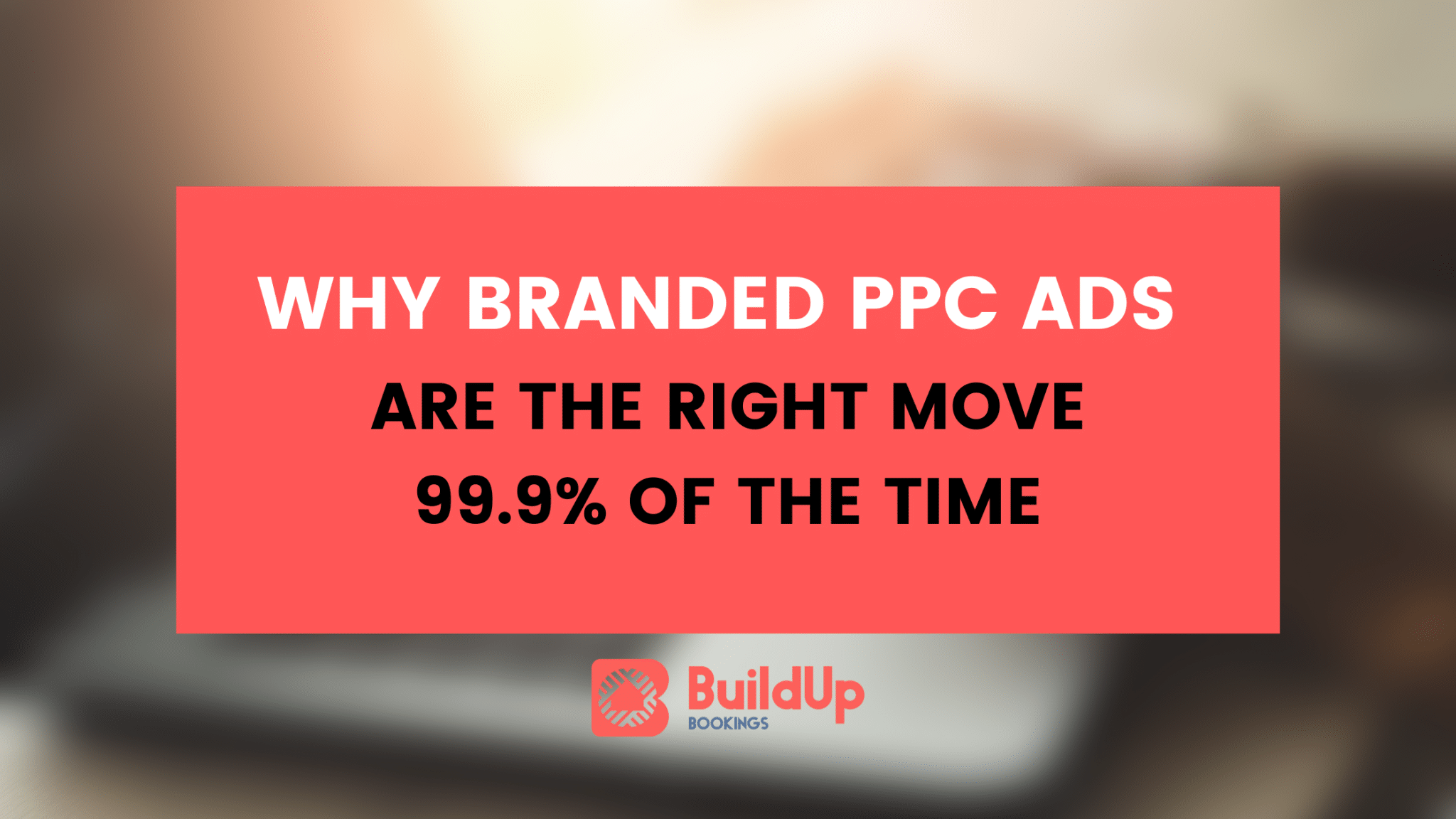 Redesigning the website for your vacation rental management , resort or bed & breakfast can be overwhelming, exiting and time consuming. Working agency-side for over three years, I know what it is like to be involved in a custom website redesign to launch a brand new site. While the right team and the right communication will lead to a successful launch, it’s important to make sure that the right steps are in place to see success.
Redesigning the website for your vacation rental management , resort or bed & breakfast can be overwhelming, exiting and time consuming. Working agency-side for over three years, I know what it is like to be involved in a custom website redesign to launch a brand new site. While the right team and the right communication will lead to a successful launch, it’s important to make sure that the right steps are in place to see success.
Deciding If A Website Redesign Is Needed
Full stop: website redesigns are very costly both in terms of your time as well as your dollars. Many higher-end agencies range in price from $15,000 to $75,000+ for custom integrations with software like Barefoot, Escapia, V12, Property Plus or Streamline Software. Before heading down the path of a full redesign, it’s worth evaluating what’s in place to see how updates and edits could offer some benefits considering a built-from-scratch redesign.
When switching between agencies, it’s very likely that none of your code will carry between websites: a custom-build website with Agency X won’t share any of the current code or custom programming that Agency Y offers. This can be problematic for larger property managers who may deal with hundreds of owners, properties and complex booking customizations and unique API feeds.
Over time, it’s common that you’ve even forgot what areas of your website are custom and critical to the workflow of managing bookings, inquiries and website content. This is especially true when multiple people have made changes to the site over time. Laying out goals for your website redesign is critical to confirm that you are ready to go down the path of creating a brand-new website.
Feature Requests & Redesigning For Conversions
If a redesign is indeed in the cards for your rental business, I’d encourage you to lay out your requirements before ever speaking with a website design company. It is easy to see why: once you’re speaking with sales, add-ons can creep into the scope of your project while critical (to you) functionality is often missed. While having “extra features” may seem like it’ll always provide a positive impact to your business, that’s not always the case.
A redesign fundamentally changes your website from top-to-bottom. Simple elements that you may take for granted today aren’t always going to be in a brand-new website. This is where mistakes are made: deconstructing a website producing bookings can lead to very uncertain (and sometimes disastrous) results.
An article by ConversionXL covers this topic with more depth, but the message is vitally important: redesigns don’t always provide the desired outcome of more conversions. Instead, it’s critical to measure which website elements are driving bookings and others that are not as important.
This starts with an audit of current website functionality. You want to lay out questions of important functionality in a spreadsheet or project management tool to bring when asking for proposals from agencies. These questions should help you get started by analyzing how the current website functions and turns into a booking.
- How does the search field work?
- What fields are present (dates, amenities, bedrooms/bathrooms, sleeps, pet friendly, ect) when searching for properties?
- On the search results page, how are properties displayed & what information is present (bathrooms, sleeps, pet friendly, photos, ect)?
- What specific information is on each property detail page?
- How does the checkout function — what fees are displayed to the guest while booking?
- Review the website navigation links: which are being clicked on the most and the least?
- Analyze the layout of pages in the booking process: what information is in place (how are rates displayed, travel insurance, taxes, ect)?
During this review and scope discovery process, you’ll probably see elements that you want to rip apart and start over again from scratch. Perhaps it’s an old tool or an area of the website that you find not useful.
Be careful when throwing out functionality on your website: let guest browsing data and Google Analytics play a larger role than your opinion. It’s likely you’re not an expert on web design or web usability — let data guide you. Add event tracking to website buttons and forms to see how often they’re being used and considering installing a screen recording tool like Hotjar to evaluate your current website usage.
Scope Before Quotes
I often tell my clients “scope before quotes” as a mechanism for thinking of the steps needed before contacting someone for a website redesign. Setting your own scope is critical as it allows the scoping process to go through on your terms with the tools, workflows and functionality that is important to your business.
For some vacation rental businesses, they’ll create an RFP (Request For Proposal) and send this when getting quotes for a website redesign.
I don’t have any issues with this strategy per se, but agencies often struggle with nailing them. Going outside of their normal proposal process can be time-consuming as your proposal will have to be written twice: once by you and once by the agency. However, for the purposes of scope before quotes, RFPs can help you align your exact needs with the capabilities of a web design agency.
Communication, Testing & Content
Once you’ve picked the right vendor for your needs and set a timeline, you’ll be working through the process of getting a brand-new website! The key to a successful website build is to have clear communication between agency and client. This is both of your jobs — don’t think that the agency is 100% responsible for keeping everything on track. Project managers can often be overwhelmed with information and it’s your job to keep your timeline intact and make sure that you’re getting the agency everything they need to be successful. While you hear horror stories of two-year long website builds, it’s rare that everyone is communicating throughout that process.
Communication with an agency means:
- Moving information over to the agency quickly and clearly
- Using a project management system to know what’s done, what’s to be done and what’s waiting
- Distilling feedback from many people (especially the case with larger companies) into a single point person
- When needed, reminding the agency of your scope during each step of the process
Make no mistake: this will take effort, time and energy on each side to get a new website launched! During this process, you’re going to be working from a development website that shows a functioning version of how your new website works: this is where testing and content come into play.
The testing process is vital to the success of your website project: don’t save it all for the very end. While websites-in-progress mean that lots of things are going to be broken, you’ll want to test throughout the build where possible. Keep in contact with which parts are “done” according to the agency and test as you go. Instead of finding dozens of small fixes when you’re busy trying to launch the website, you can instead have fixes in place along the path to a launch.
Lastly, dealing with content can be a major headache between taking inventory of your current pages, organizing them into page types and then moving text, images and videos from site to site. Don’t underestimate how long and tedious this process can be. I highly reccomend starting your scope process with a crawl of your website’s pages using Screaming Frog and organizing page types per URL in a shared document like Google Sheets. This is a process I’ve done hundreds of times and it’s always helped everyone better understand the depth and scope of an upcoming website build.
Launching To Succeed
Moving into the last stage of launching is very exciting — make sure you do so on the right foot with a launch plan. You’ll want to make sure that:
- You have full DNS control of your domain name
- 301 redirects are added (and tested on the development server) before launching
- Google Search Console & Bing Webmaster Tools are verified to learn of any broken pages
- Server/error logging is setup and being monitored to find any errors
- Hotjar is installed to view how guests are moving through the booking process
- Google Analytics tracking script is installed on every single page the website
- Google Analytics Goals are updated and edited (do not create brand-new goals unless needed)
- Ecommerce tracking across Google Analytics, Facebook and Bing Ads is working properly
- Third-party tracking scripts (Facebook Pixel, Google AdWords Retargeting, ect) are carried over
- Email/contact forms have been tested in all major email hosts (Gmail, Outlook, Yahoo, iCloud, AOL, ect)
- Contact details are correct (phone, email, reply-to address, ect)
- Google AdWords destination URLs are updated (301s not ideal as gclid tracking strings can be stripped)
- PageSpeed scores are reviewed and any design edits are made to ensure a fast website
- On-page SEO has been carried over or improved (page titles, meta descriptions and H1 tags)
- New sitemap.xml documents are added to the root and robots.txt has been updated for go-live
- A copy of the current site is archived or backed up
- Lastly, a Google Analytics annotation is added for the date of the website launch to review traffic impacts
While taking the time to review all of these elements can be time consuming, it’s better to launch later without errors than launch early with problems! Anytime a website’s code is in the control of a third-party, reviewing the finer details can save your business money and problems in the future.
What do you think — are you launching a new website anytime soon for your vacation rental business? I’d love to hear from you on the process and results. Comment below or email me ([email protected]).







